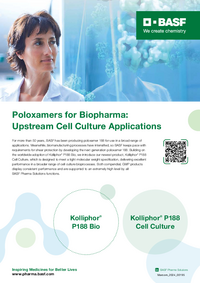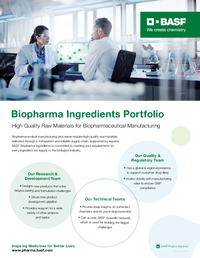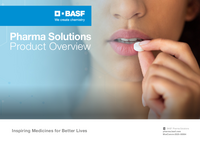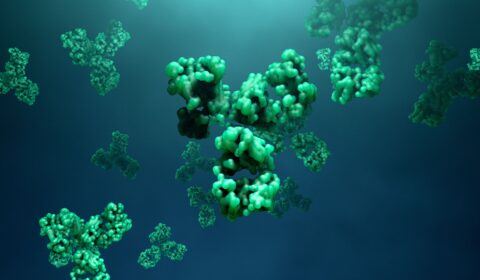Introducing a new shear protectant: Kolliphor® P188 Cell Culture
On March 11th, 2024, BASF Pharma Solutions officially announced the launch of Kolliphor® P188 Cell Culture – This new shear protectant is a GMP material for bioprocessing applications where a lower average molecular weight poloxamer could be beneficial.
Kolliphor® P188 Cell Culture joins Kolliphor® P188 Bio as a portfolio of products designed for bioprocessing applications. Both products offer good shear protection showcasing high viability and viable cell density, and can have a positive impact in viable cell density under high shear conditions (Fig. 1).
In the past decades, the bioprocessing industry has made significant technological strides that have led to higher cell densities and more final drug product output1. Raw materials in cell media play a fundamental role in running bioprocesses that are both efficient and high-yielding. Reagents in media, and buffers make up a great part of the Cost of Goods of a bioprocess and underperforming raw materials can lead to costly disruptions2,3. As the complexity and intensity of bioprocesses continues to grow, efforts in identifying which raw materials are introducing irregularities and their impact are being evaluated across the industry. Bioprocess interruptions or failures have an impact not only on economic but also sustainability goals4,5.
Poloxamer 188, a critical raw material in biomanufacturing, has a history of impacting cell performance due to hydrophobic6, differences in average molecular weight have been shown to have an impact in cell performance7 and foaming8.
Kolliphor® P188 Cell Culture, a poloxamer of lower average molecular weight, can offer great shear protection under high shear conditions while also producing a less stable, faster dissipating foam.
“The addition of Kolliphor® P188 Cell Culture to our portfolio is another step in offering the biologics market high quality raw materials that fit their manufacturing needs and reducing raw material variability. At BASF we continue to learn how poloxamer 188 impacts the bioprocess so we can continue to support our customer’s present and future needs”. - Nadya Morales-Cummings, Global Technical Marketing Manager, Biopharma Ingredients, BASF Pharma Solutions
To download the new product brochure and learn more, visit our new Kolliphor® P188 Cell Culture product webpage.
1Dryden, W.A et. al. 2021, Biochem Eng Jour 167:107892
2Dickens, J. et al. 2018 Curr Op Chem Eng 22: 236-2439
3Mahal, H. et. al. 2021. Biotech. Bioeng. 118:3468-3485
4 Madabhushi, S. et. al. 2018. Biotechnol. Prog. 34 (6): 1566-73
5Budzinski, K., et al. N Biotechnol. 49, 2019: 37-42
6Chang, D. et. al. 2017. Colloids Surfaces156:358-65
7Safta, J. et. al. 2024 Biochem Eng J 202: 109146
8Zhang, S. et. al. 1992. J Biotech 25:289-306










